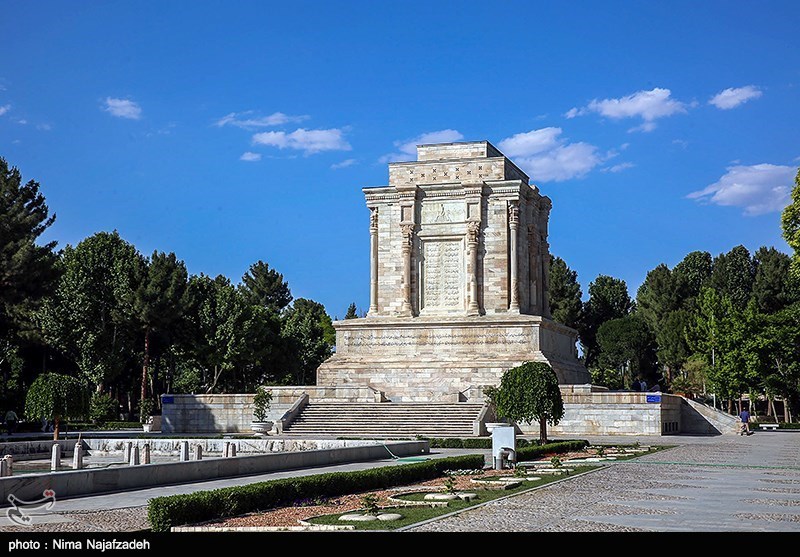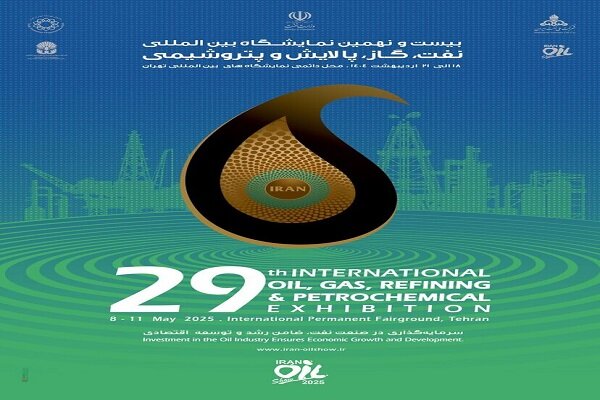Discover the Enchanting Tomb of Ferdowsi: A Must-Visit Gem in Khorasan, Iran!
The mausoleum of the renowned Persian poet Ferdowsi, a significant cultural landmark, is situated in Toos, northeast of Iran. This remarkable site not only celebrates Ferdowsi’s legacy but also attracts countless visitors interested in Persian literature and history.
Following the Arab invasion, the Persian language faced significant decline due to the influence of Arabic. In response to this cultural shift, Ferdowsi dedicated his life to revitalizing the Persian language through poetry and epic storytelling. Although there were earlier poets who sought to preserve the language, it was Ferdowsi who committed thirty years to laying the groundwork for Persian literature, ensuring its survival for future generations. He famously remarked, “Much I have suffered in these thirty years; I have revived the language with my verse.”
Ferdowsi’s magnum opus, the Shahnameh (Book of Kings), is a monumental work that combines history with myth and legend. This epic poem has captivated readers for centuries, serving not only as an artistic achievement but also as a vital document of Iranian history and culture. The enduring appeal of the Shahnameh is a testament to Ferdowsi’s skill and dedication.
The mausoleum itself is located near Toos, a city close to Mashhad, and is housed within a stunning architectural structure designed by the acclaimed Iranian architect Houshang Seyhoun. The design of the tomb reflects the grandeur of Ferdowsi’s contribution to literature and culture. Notably, Seyhoun is also recognized for other significant works, including the tombs of Ibn Sina, Kamal ol Molk, and Nader Shah Afshar.
The façade of Ferdowsi’s tomb features elegant marble and impressive pillars that are adorned in the Achaemenid architectural style, a nod to the rich history of Persian art and architecture. Additionally, the tomb’s surfaces showcase intricate calligraphy of verses from the Shahnameh, further emphasizing the connection between the poet and his work.
The mausoleum is surrounded by a sprawling 6,000 square meter green site, providing a serene environment for visitors to reflect on Ferdowsi’s legacy. This beautiful area also includes the Toos Museum and a library, making it a cultural hub for those interested in exploring Persia’s storied past.
- Toos Museum: Designed by Houshang Seyhoun, the museum houses various artifacts and artworks that reflect the history and culture of the region.
- Exhibits: The museum features different sections, including:
- Archaeological Finds: A dedicated area showcases pots, coins, and other artifacts unearthed by archaeologists in the Toos area.
- Ancient Equipment: This section offers a glimpse into the past with displays of horse riding gear, shields, clubs, bows, arrows, and musical instruments used on the battlefield.
- Historical Manuscripts: Visitors can view a collection of historical hand-written manuscripts of the Shahnameh, along with paintings and carpets inspired by its stories.
Visiting the mausoleum of Ferdowsi is not only an opportunity to pay homage to one of Iran’s greatest literary figures but also a chance to immerse oneself in the rich tapestry of Persian culture. The combination of the stunning tomb, the surrounding gardens, and the Toos Museum creates a unique experience for tourists and scholars alike.
In conclusion, the mausoleum of Ferdowsi stands as a symbol of the resilience of the Persian language and culture. Ferdowsi’s dedication to his craft ensured that the Persian language would flourish, and today, his tomb serves as a reminder of his enduring influence on literature and the arts. Whether you are a literature enthusiast, a history buff, or simply a curious traveler, a visit to this iconic site is sure to leave a lasting impression.






